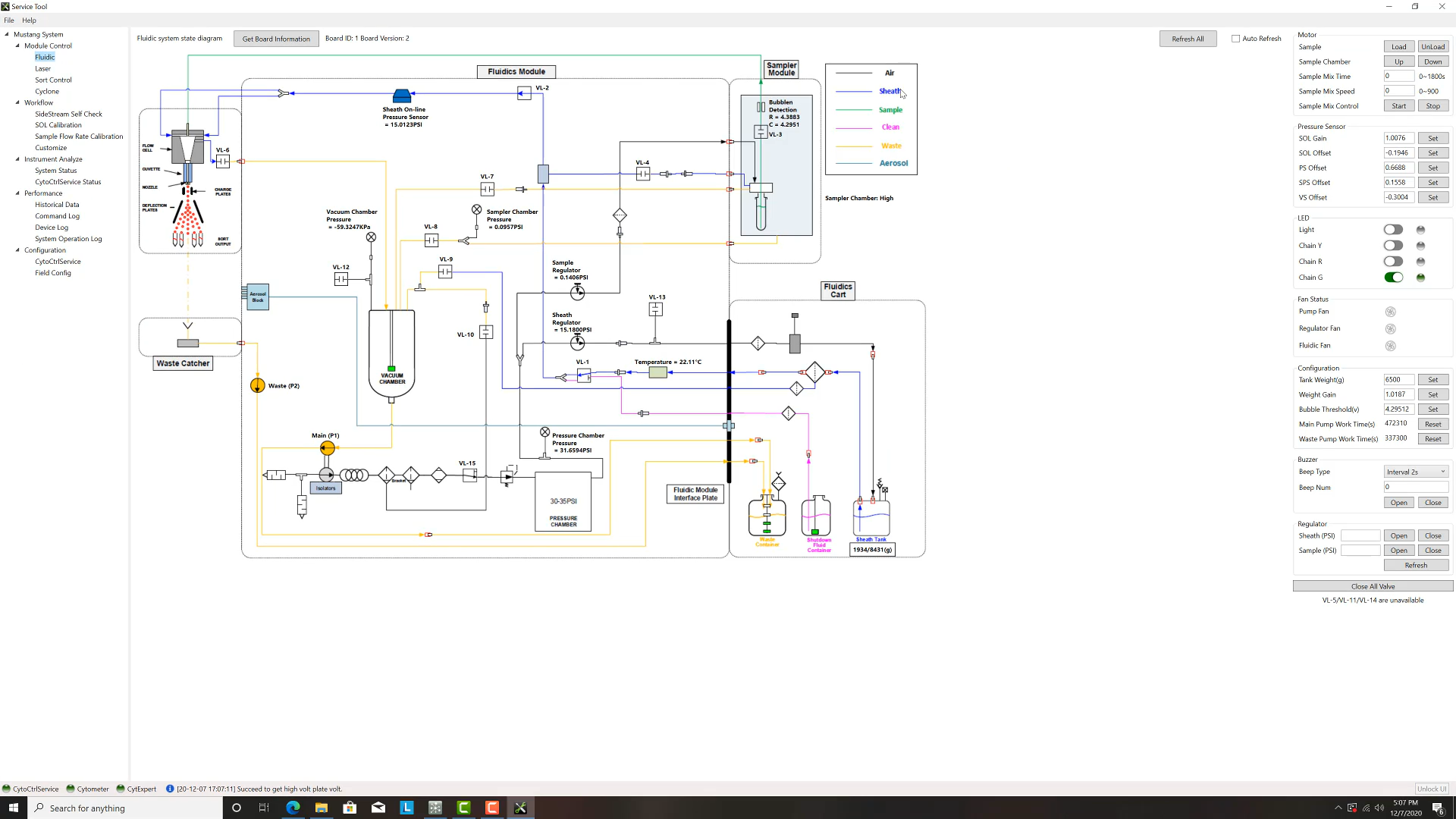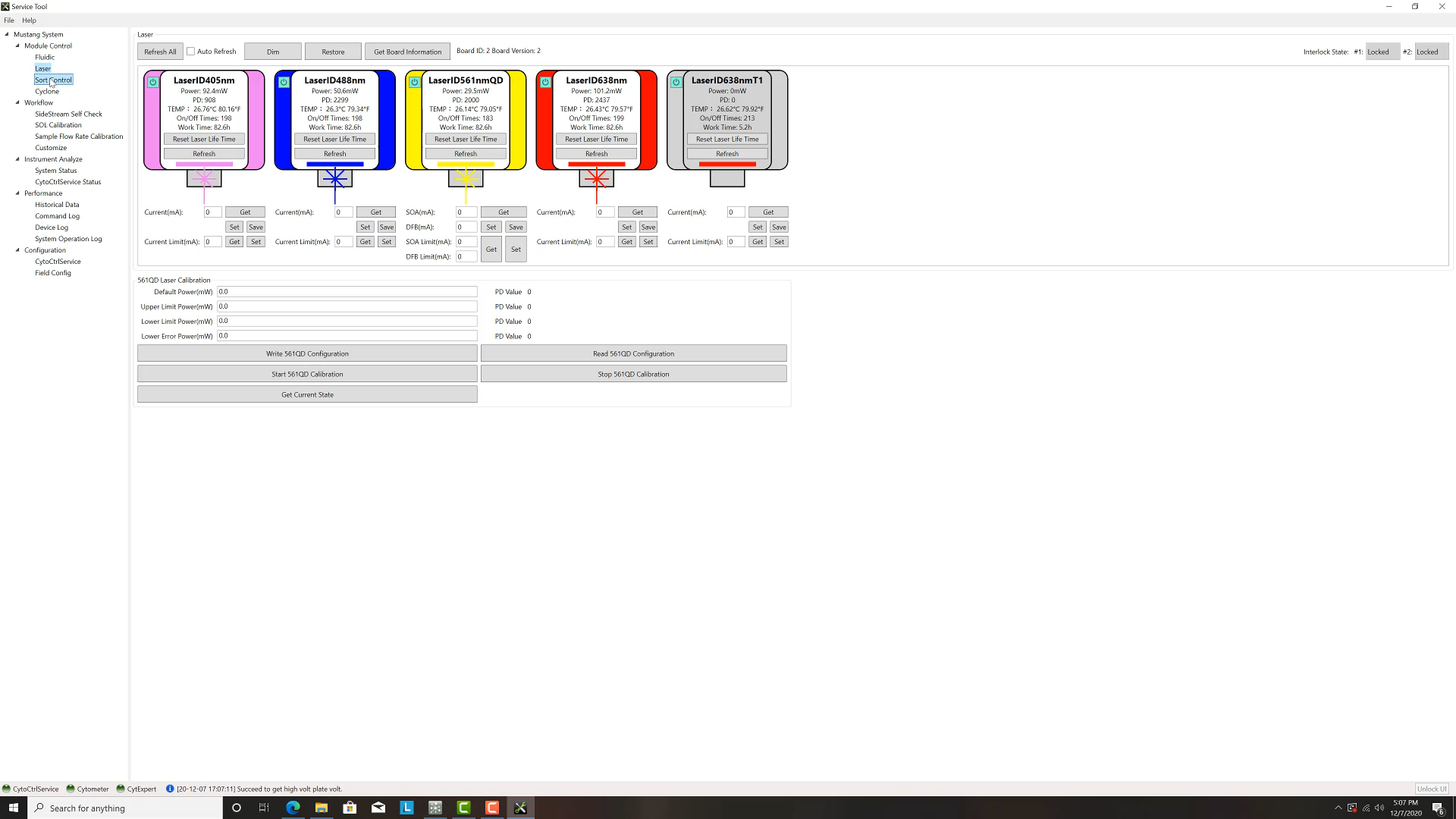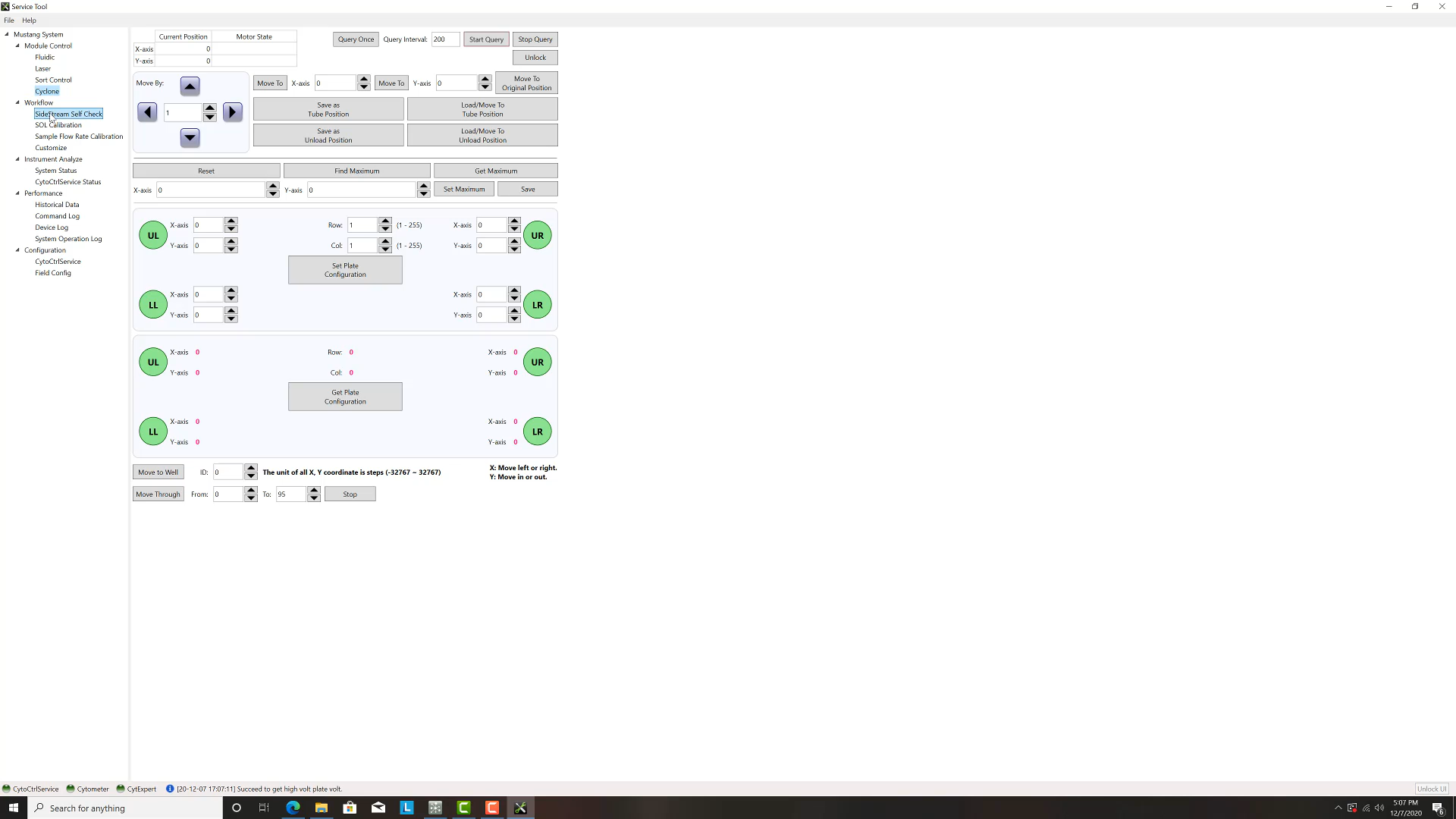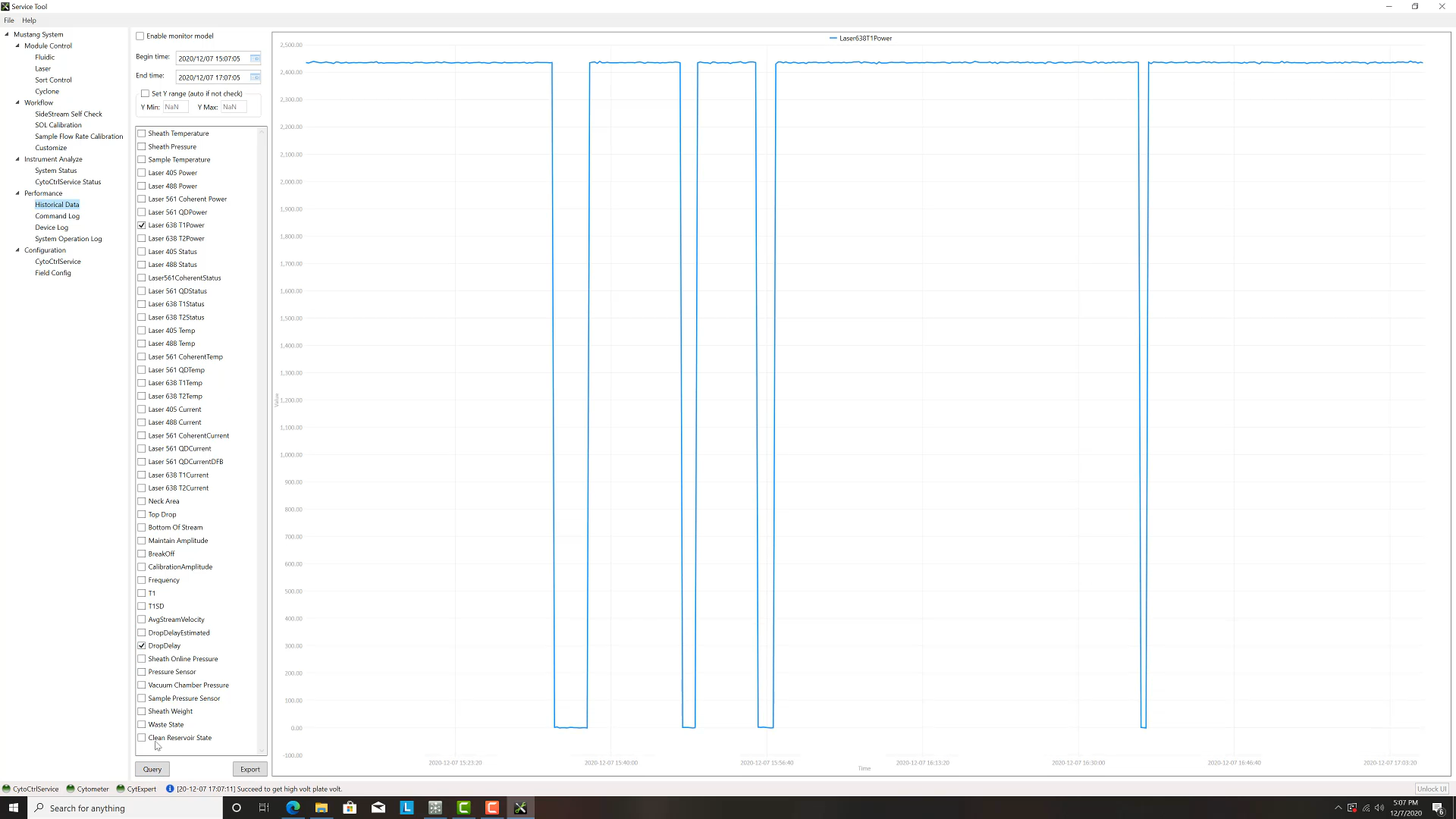Designed For Reliability

Can you explain a little bit about how Service is represented in our product development project planning? Can you say a little about the CytoFLEX SRT product development core team and how they are working together, keeping the customer top of mind?
Service and Development work together from the beginning of the product. There are several associates from our Service organization that participate in the project core team discussions and help to make key decisions that impact the reliability of the instrument.
One of the responsibilities of the Service team’s Engineer on the project is to anticipate the needs of service engineers in the field and to work to address those. Service representatives use their deep customer knowledge to bring those needs into the development project from the beginning. Two areas are considered. First to provide guidance on any components of the design that could be improved from a reliability perspective. And second from the perspective of the service engineer’s need to be able to quickly diagnose any issues that the customer experiences so that any repairs can be done efficiently. The Service Engineer and the Design Engineer partner to build in tools that will facilitate the job of the field service engineer.
Can you explain a bit about how these will be used and what benefits that the customers might see from this effort?
Sharing this advanced understanding of the issues gives critical insights and helps troubleshoot problems. Communication between the engineer and the operator is enhanced, providing for the customer to thoroughly explain his/her observations. The engineer can more quickly isolate the problem and get to a solution. This allows the engineer to be better prepared for the service call, including having needed replacement parts. Overall this leads to minimizing the downtime that the customer may experience.
Can you explain how you will be supporting the launch of the CytoFLEX SRT Cell Sorter?
I’m the Service Engineer assigned to the CytoFLEX SRT core team. In addition to the insights that I’ve contributed in the development phase of the project, I’m also responsible for preparing the field service organization to support the project. I’ll be facilitating training for service engineers that will be supporting the instrument in the field. I’m also preparing the “Train the trainer” sessions that will prepare the future technical support trainers to carry out the future service training. This allows me to pass on the knowledge that I’ve gained from being on the core team to the service team that will be supporting the instrument. A key part of these activities is the creation an outstanding service manual that will contain details about how to perform repairs.
In preparing for the product launch we’ve created the product and support plan, including the service inventory plan ensuring that we identify the spare parts needed for service and planning for those parts to be available when needed.
I’ve also made contributions to the Instructions for Use that operators will be using to learn how to operate the instrument.
Please describe at a high level some of the tools that have been provided for the CytoFLEX SRT that will help service to support customers.
First, I want to say that the CytoFLEX SRT Cell Sorter is compatible with our BeckmanConnect, our remote desktop sharing program that allows our field service engineer to get secure, real-time visibility to your system. Second, we’ve built in specialized software that allows the service engineer to perform tests on instrument sub-systems to pinpoint issues or parts that may be failing. This software can read historical data which helps the engineer reproduce the situation that the operator experienced.
Figure 1-4: The CytoFLEX SRT Engineering Service Tool is designed to assist service engineers with troubleshooting and instrument verification across four main modules, fluidics, lasers, sort control, and Cyclone plate movement system. The software allows the engineer to access log files and check historical performance. This tool can be accessed remotely via BeckmanConnect allowing the engineer to be prepared for service visits.
When we say, designed for reliability, what does that mean?
I see reliability from a different angle. Service engineers are also key stakeholders. They want to be able to quickly respond and to get the instrument back to full performance for their customers. The more quickly we can respond contributes to our customer’s experience with the instrument and they experience it as overall reliable.
Another key component of designing for reliability is anticipating issues and designing the system to decrease their occurrence. For example, during the development process our service engineers have the opportunity to evaluate the instrument. If he or she detects a potential risk of failure, they will work together with the engineer of those subsystems to find a solution to address this risk of failure.





